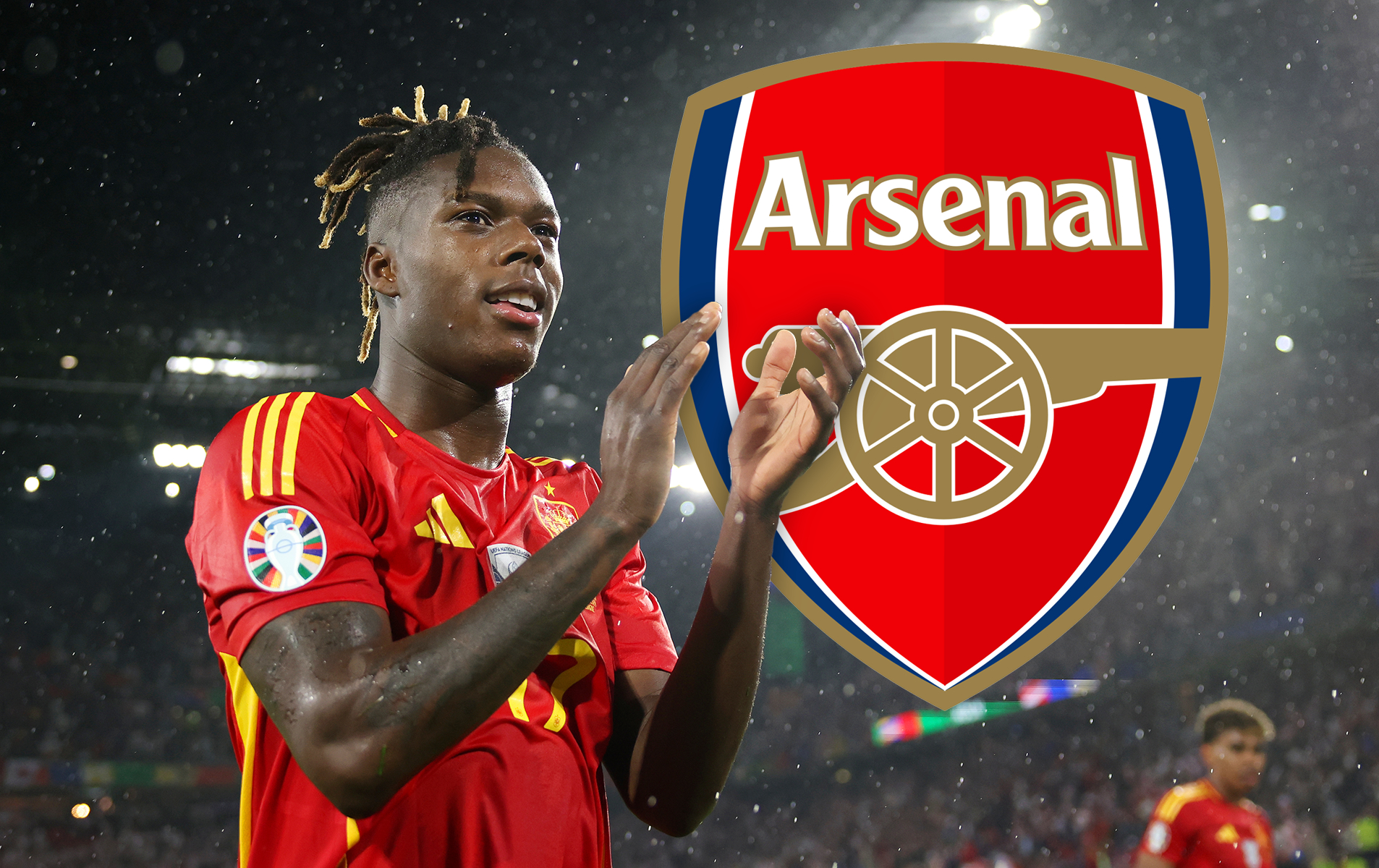Ranked! Tottenham's 11 best academy graduates in the last 25 years
Spurs may not have a Class of ‘92 equivalent, but they've produced some notable players since then in spite of being assumed to have only recently become academy-focused. Here they are, in the first of a five-part series on FourFourTwo.com
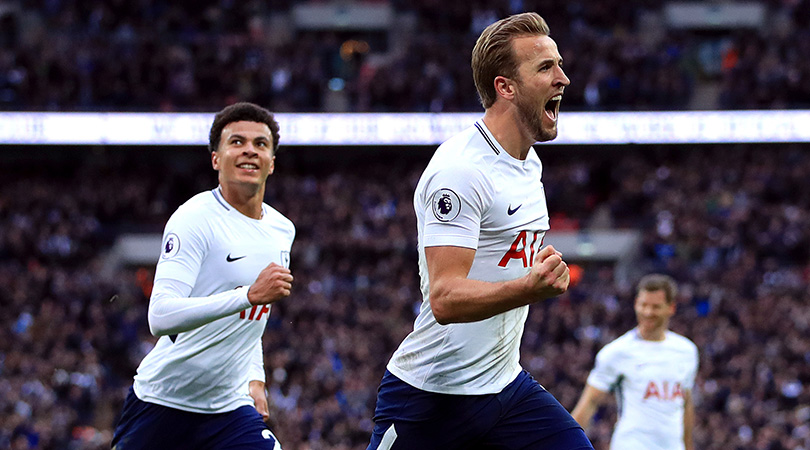
11. Alex Pritchard
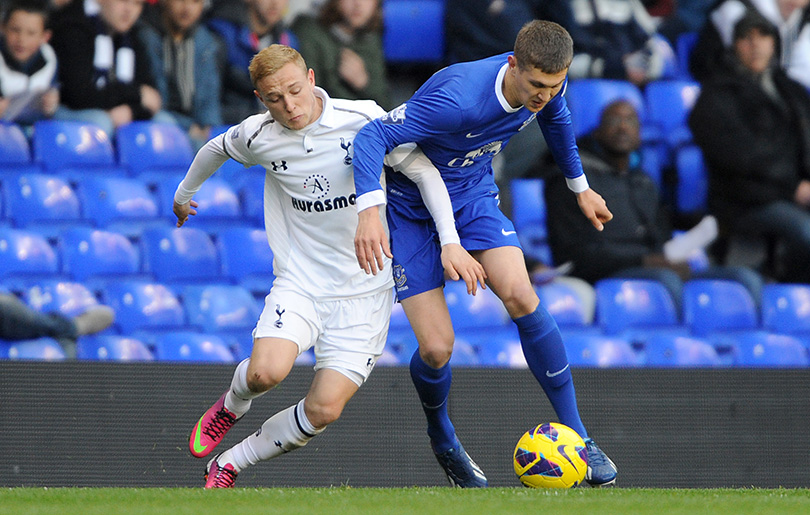
Before last season, Pritchard had been tipped to make his big breakthrough for the previous three years. He was talented, and his England U20/U21 caps are evidence of that.
Once Pochettino arrived and Pritchard was free of injury, it was assumed that he would be the next graduate to be promoted. But it never happened. There were murmurs about attitude – albeit ones which remain unconfirmed – and he made just two Premier League appearances before being sold to Norwich in August 2016.
He's too talented for the Championship, so don’t bet against him making it back to the top flight one day.
10. Steven Caulker
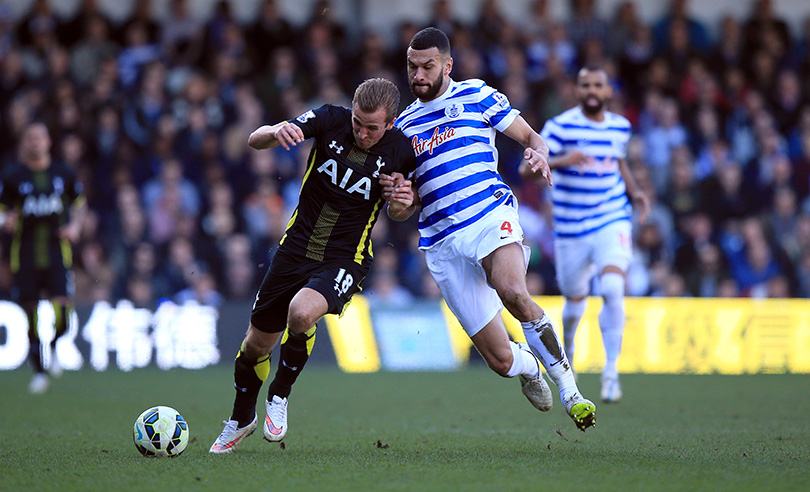
Superficially, Caulker has been a success. He did play first-team football for Spurs, was sold for an enormous profit and has also been capped by England.
However, revelations made in a recent interview characterised the struggle he (and presumably many other developing players) faced during his time at White Hart Lane. Self-doubt and anxiety evidently stymied his progress as a professional, and the picture he painted of life at Tottenham before Pochettino’s arrival was not healthy.
Get FourFourTwo Newsletter
The best features, fun and footballing quizzes, straight to your inbox every week.
9. Ryan Mason
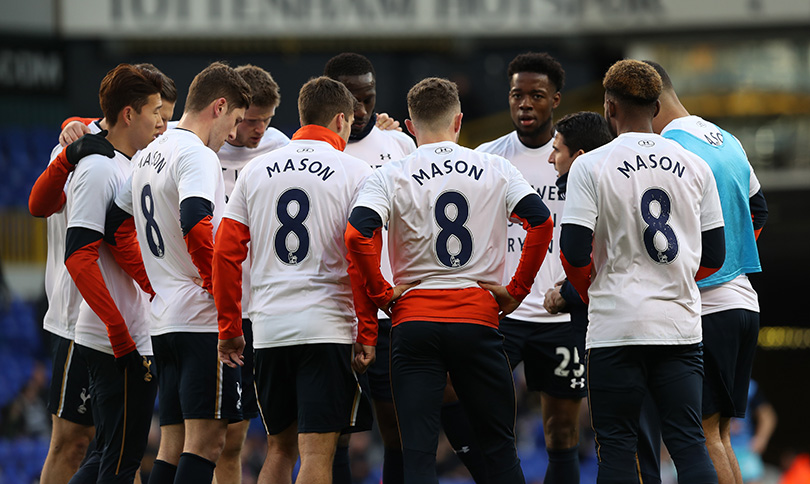
At the time of writing, it’s not clear whether Mason will ever play professionally again. He remains in recovery from that horrifying clash of heads with Gary Cahill last season, and his future is unclear.
Injuries have always conspired against him. Mason eventually broke through at White Hart Lane in 2014, taking a chance finally given to him by Pochettino, but that was only after a series of dispiriting loans and a couple of dreadful knee injuries which likely altered his trajectory forever.
Nevertheless, he is still a stable Premier League player and, hopefully, will get the chance to return to the top flight with Hull.
8. Peter Crouch
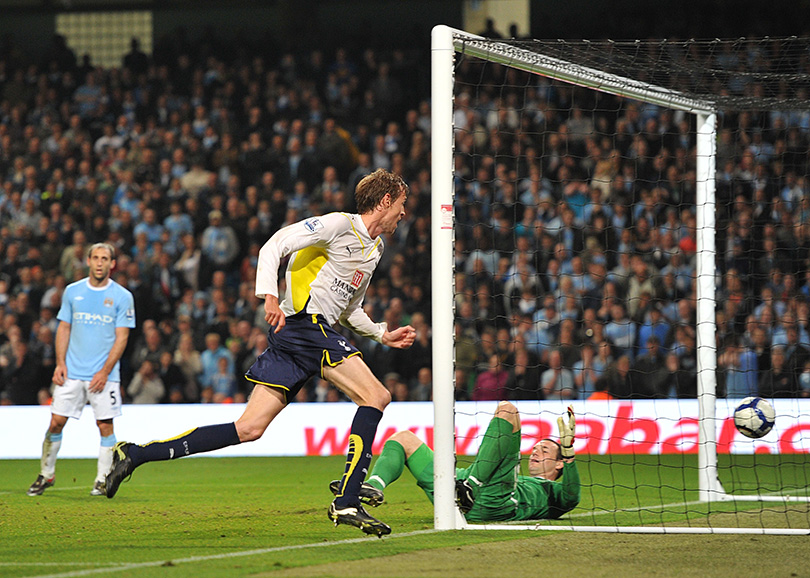
Originally not deemed good enough, Crouch was actually sold to QPR for less than £100,000 at the turn of the millennium. Embarrassingly for the club, the forward migrated back to the Premier League (with Aston Villa) less than two years later, before enjoying spells of varying success at Southampton, Portsmouth and Liverpool (also becoming a full international)
It was a tale with a happy ending. Crouch (having joined from Portsmouth) scored the goal against Manchester City in May 2010 that ultimately took his original club into the Champions League for the first time. Without that gloss - and the two successful seasons he spent at White Hart Lane - he would be an emblem of academy dysfunction to this day. (He's low on this list by virtue of Spurs not wanting him in the first place – and he didn't return for almost a decade.)
7. Jake Livermore, Tom Carroll & Andros Townsend
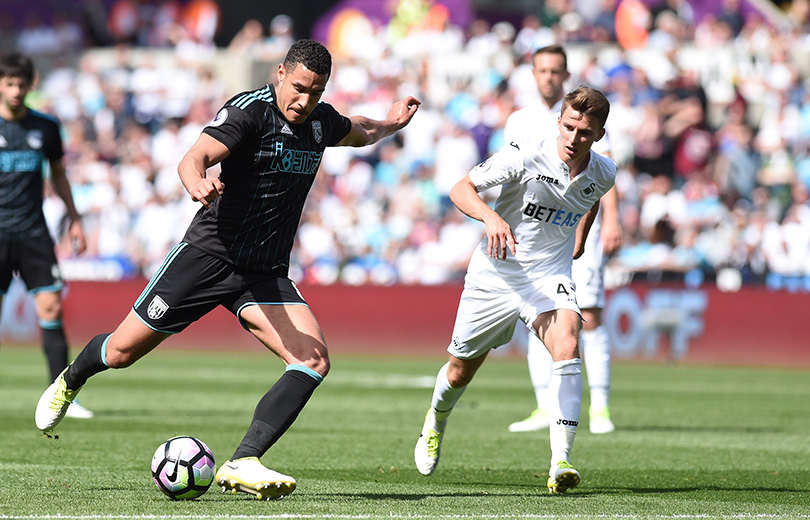
Grouped together because they all fall into the same category. If being a successful graduate was once limited to playing exclusively for a particular side, now it’s been broadened to include those who were sold for sizeable fees and subsequently moved on to enjoy good careers at high-level clubs.
Livermore, Carroll and Townsend are examples of that. There are asterisks against all of them and valid reasons why they were allowed to leave, but they are all fine players. Livermore and Townsend are both full England internationals, and Carroll looks every inch a Premier League player at Swansea.
6. Ian Walker
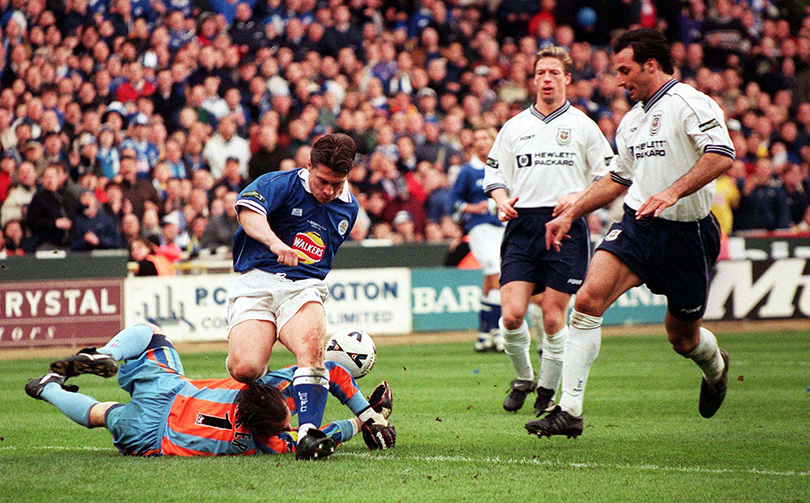
Walker and his floppy curtains belong to the 1990s and, primarily because Tottenham have generally enjoyed very good goalkeeping since (Neil Sullivan, Paul Robinson and, latterly, the superb Hugo Lloris), he’s been rather damned since.
Truthfully, he was actually a very capable goalkeeper and were it not for David Seaman and Nigel Martyn, would have been a realistic contender for the England No.1 shirt.
He had some awful moments, some comedic ones too, but he was a League Cup winner in 1999 and provided Spurs with stable goalkeeping for the better part of a decade. He left for Leicester in 2001.
5. Harry Winks
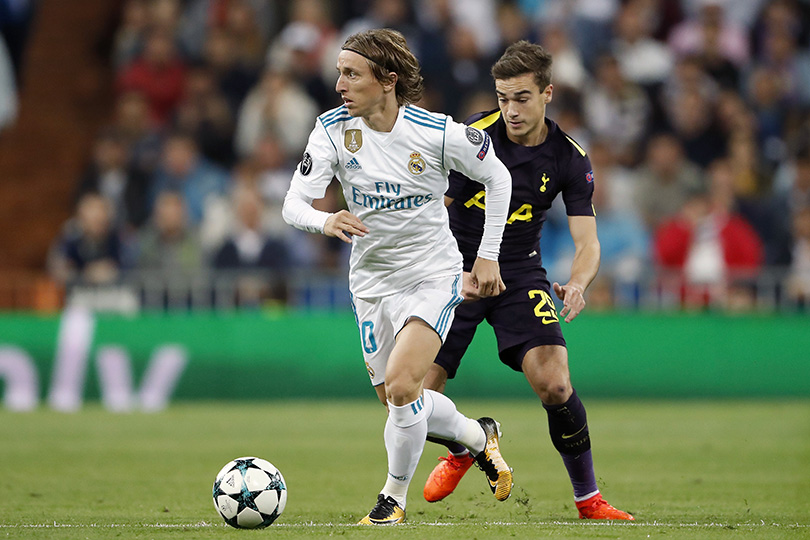
Winks is the latest England international produced by the club. Another beneficiary of Pochettino’s belief in youth, the central midfielder has been exposed to big games and high-pressure situations – most notably in holding his own against Real Madrid at the Bernabeu – and, almost with exception, he’s met those challenges without flinching.
A gifted passer with a perpetual determination to change the game around him, Winks is only 18 months away from becoming an essential piece of the Tottenham jigsaw. Had it not been for the serious ankle injury suffered at Turf Moor in early 2017, the first international cap would likely have come much sooner.
4. Stephen Carr
Does he count? Carr arrived at Tottenham late in his youth career and belongs more in the Nabil Bentaleb/Danny Rose category of players who, really, where snagged from other teams.
Nevertheless, he was a good player who made the PFA Team of the Season for two of the three seasons between 2000 and 2003, and got his break in professional football at White Hart Lane.
Unfortunately, it became a career blighted by bad luck and his first serious knee injury arguably cost him a move to a contending club. He eventually left north London for Newcastle, but would never fulfil the promise he showed between 1999 and 2001.
3. Sol Campbell
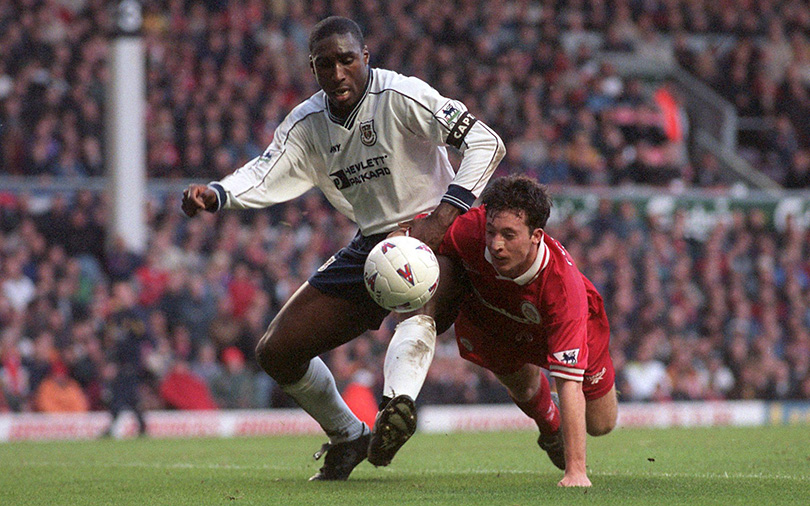
Campbell’s reasons for wanting to leave Spurs were valid, because he was a good enough player to compete for championships and European trophies. It was something he subsequently did at Arsenal, and which Spurs are yet to do.
But that really illustrates the depth of his betrayal. To this day, Campbell may characterise that decision as a manifestation of his ambition, but it’s hard to see it as anything other than maliciousness. At the very least, it shows a level of detachment which goes far beyond the levels normally associated with the contemporary footballer.
A terrifically successful graduate, but not someone who anyone around the club cares to mention.
2. Ledley King
As gifted a centre-half as England has produced in the last two decades, King’s was a career of high points and hypotheticals.
That he managed to perform to the levels he did in spite of chronic knee difficulties is the iron cladding around his legacy. King was damaged and everyone was aware of his training limitations, but it’s credit to him that – had one not known better – he often looked like a perfectly fit player.
1. Harry Kane
The superstar. It’s easy now to say that Kane’s progress was inevitable, but very few foresaw him having a successful senior career at Tottenham – and almost nobody believed that he’d reach the level he currently occupies.
In hindsight, the confusion most likely lay in the series of unsuccessful loans which preceded his emergence. He returned a healthy goal record while at Millwall and didn’t fair too badly at Leyton Orient, but a move to Norwich was terminated early after five goalless appearances and he was so underwhelming at Leicester that their supporters still dislike him to this day. It didn’t help, of course, that his occasional European appearances for his parent club came in ludicrously weak teams which characterised Harry Redknapp’s distaste for the Europa League.
But what a story: Kane has evolved to become the finest forwards in the country, one of the very best in Europe, and the kind of supporter-as-a-boy anachronism which was thought to have disappeared entirely from the game.
Seb Stafford-Bloor is a football writer at Tifo Football and member of the Football Writers' Association. He was formerly a regularly columnist for the FourFourTwo website, covering all aspects of the game, including tactical analysis, reaction pieces, longer-term trends and critiquing the increasingly shady business of football's financial side and authorities' decision-making.
